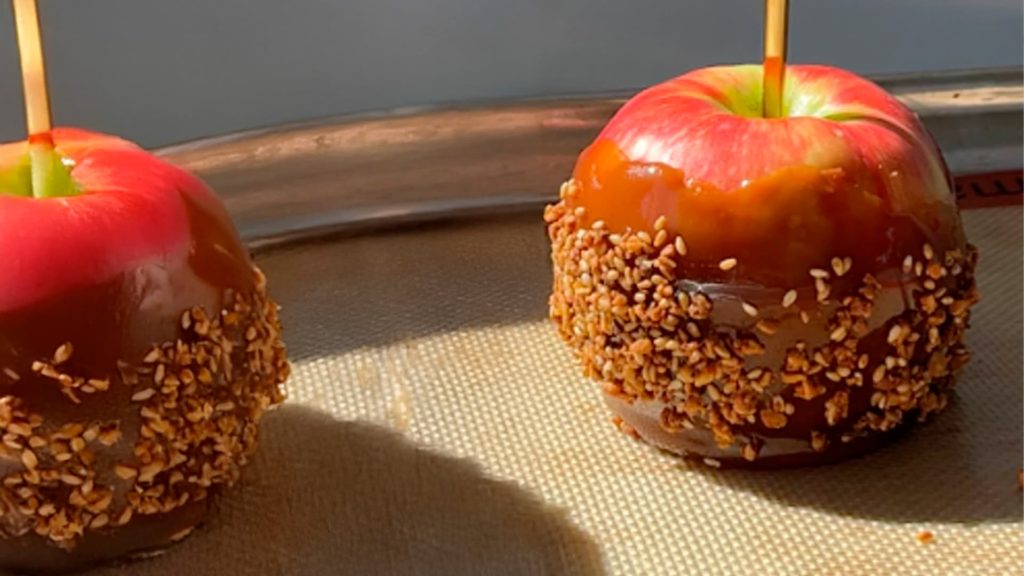FACT:
MSG isn’t hiding. Like any other ingredient, the FDA requires food manufacturers to list MSG as “monosodium glutamate” on labels. Other ingredients, like hydrolyzed vegetable protein or yeast extract, sometimes get mistaken for “secret MSG.” But here’s the truth: they’re not the same. These ingredients naturally contain (or inherently contain) glutamate — the same compound that gives foods like cheese, tomatoes, and mushrooms their umami. Glutamate isn’t something to fear. It’s an amino acid that’s been in your favorite meals long before it was widely recognized by name. MSG is one of the most studied ingredients out there, and the FDA deems it completely safe to eat.
Yep, MSG misinformation is trending.
The Ajinomoto Group wants to help you spot these wild claims and stop their spread with concrete science.
FACT:
There is no evidence that MSG from food crosses into the brain. About 95% of the glutamate you consume is broken down in your gut and never even enters the bloodstream. For the other 5%, that’s where the blood-brain barrier (BBB) steps in. The BBB acts like a strainer for the brain, allowing essential nutrients like oxygen and glucose to pass through, while blocking substances like glutamate. So no, MSG in food doesn’t reach your brain. It cannot act as an excitotoxin or neurotoxin, despite an old and discredited study from the 1960s that involved injecting massive doses of MSG into mice.
FACT:
It is true that MSG is considered an additive, but that doesn’t make it high-risk or unsafe. MSG is a seasoning that’s been around for 100 years and is made through fermentation. The World Health Organization has it in its safest category of food ingredients. Technically speaking, MSG is an additive - but so is vanilla extract. In fact, anything added to food to enhance flavor is categorized as an additive. The problem is that people often take the broad term “additive,” lump everything together, and write them off as unsafe – it’s like saying, “boiling water is dangerous to consume, so let’s avoid all fluids.” But there’s nuance here. For example, cobalt salts were found to be hazardous to health and therefore are no longer allowed in the food supply, while an additive like MSG has consistently been proven safe over the past 100 years.
FACT:
It’s not. The European Food Safety Authority (EFSA), which is like Europe’s version of the FDA, allows the usage of MSG in food products. Just like in the U.S., if MSG is intentionally added, it must be clearly listed on the ingredient label. In Europe, you will typically see it listed as “Flavour enhancer: Monosodium glutamate” or “Flavour enhancer: E621.” In fact, EFSA recently reevaluated MSG in 2017 and provided updated guidance on safe intake levels. TL;DR: MSG is safe in the amounts commonly found in food. Claims that MSG is “banned in Europe” often rely on a false equivalency — borrowing the credibility of Europe’s strict food standards to suggest MSG is unsafe. But that simply isn’t true. MSG is approved and used in products like soup mixes and instant noodles across the EU.
FACT:
This one again? Let’s say it clearly: MSG does not give you headaches. This myth has been around since the 1960s, but a
double-blind study examined the claim and concluded: “Sensations, previously attributed to MSG, did not occur at a significantly higher rate than did those elicited by placebo treatment.” Furthermore, in 2018, the International Headache Society said MSG is not a cause of headaches. And they seem like a group that would know.
FACT:
Yes, it’s true: monosodium glutamate contains sodium. But here’s the part people don’t hear enough: MSG has far less sodium than most salts. Compared to kosher salt, sea salt, or pink Himalayan salt, MSG comes out way ahead — it even has about two-thirds less sodium than table salt. So if you swap some salt for MSG, you can lower your sodium without sacrificing flavor. This matters because 90% of people consume more sodium than is recommended, which can contribute to high blood pressure and increased risk of heart disease. Reducing sodium intake – without losing flavor – is one way to support better long-term health.
FACT:
MSG doesn’t target one part of the body. It is simply the sodium salt of glutamate — an amino acid naturally present in many gut-friendly foods, like yogurt and mushrooms. Whether you eat a tomato or add MSG as seasoning, your body breaks it down the exact same way. There’s no evidence that MSG affects gut health in any significant way — no inflammation, no damage — just good old-fashioned digestion.
FACT:
This is untrue. Sure, MSG is found in some more indulgent foods, but it’s also a versatile seasoning that can be used in basically anything: salad dressing, roasted veggies, or even sprinkled on tofu. It also makes a darn good martini. MSG is just a seasoning, and what matters is how you use it. In fact, research shows that replacing some salt with MSG can make foods like quinoa bowls or yogurt-based dips taste even better, while lowering overall sodium.
FACT:
It sure is, but so is everything else. Table salt (scientifically known as sodium chloride) and water (scientifically known as dihydrogen monoxide) are also chemicals. Calling out MSG as a chemical suggests it’s unsafe, when in fact, it’s one of the most studied and trusted ingredients in food science. Even though the name “monosodium glutamate” might sound science-y and unappetizing, it doesn’t mean that it’s dangerous or not delicious when added to food. MSG is safe. It’s been used and studied for decades.
Makes. Stuff. Good.
Add some more umami to your home cooking with these simple, healthy-ish, MSG-seasoned recipes.






